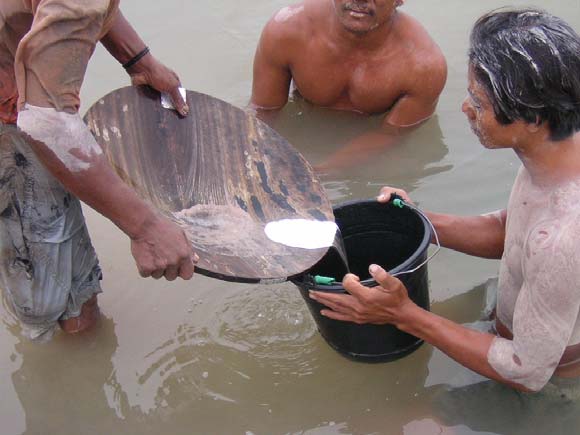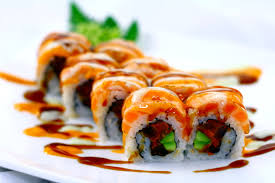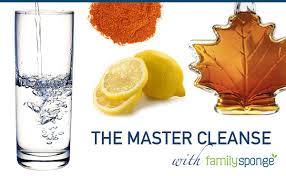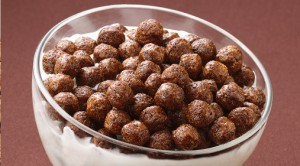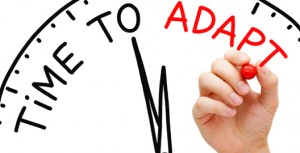Cardio, short for cardiovascular exercise is a very important way for humans to stay fit. Cardio includes many different exercises, in which they raise your heart rate and increase blood flow. For example, running on the treadmill, jumping rope and riding a bike, are all different forms of cardiovascular exercise.
 picture from here
picture from here
The purpose of cardiovascular exercise, found here , is to burn calories and fat in the body. Cardio can also increase the strength of your heart and your lungs. This works that the more cardio you do, the more endurance and stamina you build. When doing cardio, since you are burning an excess of calories, you need to make sure you are consuming enough or an excess of calories to preform to your highest ability.
Some people argue that too much of a good thing is never bad. Well in this case, too much cardiovascular exercise can be detrimental to your health goals. So what happens when you do too much cardio? Here is an article I found that explains what can happen. Basically this article states that even though cardiovascular exercise can lead to weight loss, too much cardio could lead to things like muscle depletion and loss, heart problems, stress, the slowing of the metabolism and in some cases prevent weight loss. This could prevent weight loss because excess cardio overtime gets more difficult to lose fat.
Another negative about too much cardio is it burns up muscle in the body. As humans, when we do an exercise, in which increases our heart rates, the first thing that the body burns is muscle glycogen. After that is burnt up, Liver glycogen, Blood borne amino acids and Fat and then burnt up in the body. To even reach to point in a cardio session where you are burning fat, it takes at least 20 consecutive minutes of exercise.
So what if your the person who heads straight for the elliptical at the gym, and maybe the treadmill after, while trying to stay away from the weights so you do not get bulky. What do you do? If you are afraid of losing muscle, caused by doing too much cardio, some things I found here or here you can do is make sure your calorie intake is high, in order to burn fat and increase lean muscle while working out. Also, to get the ideal results you want, this article recommends doing 20 minutes of weight lifting exercises, and then finish off your workout with a moderate amount of cardio, about 15 to 20 minutes. This is recommended because weight lifting raises your metabolic rate, and when followed by cardio, fat cells are burned.
Another way to much cardio effect humans is it can weaken the immune system and increase stress hormones. Again, this can be prevented by following the guidelines above. You will be burning more fat and calories that way, then through doing copious amounts of cardio.

